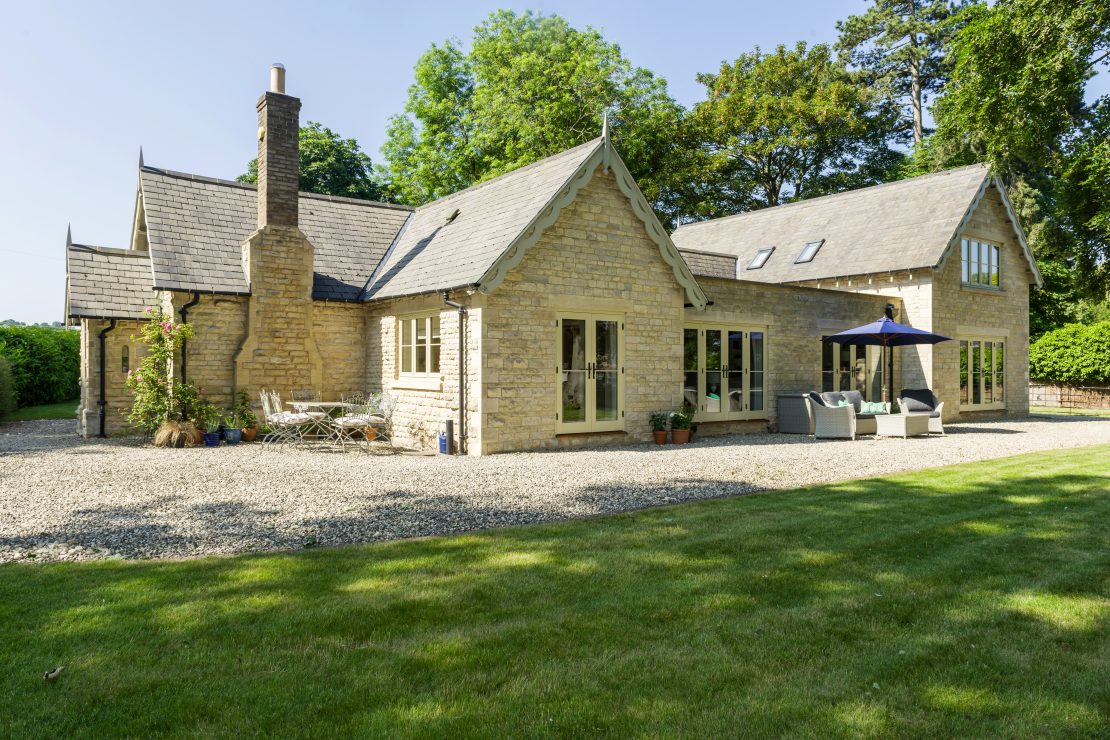June 27, 2016
When it comes to the replacement of timber windows in historic homes, conservation officers are looking for sympathetic replacement, to accurately replicate the originals.
One area of contention in sympathetic replacement is energy-efficiency. Narrow cavity insulated glazing units are often favoured in listed buildings or conservation areas, as they provide a compromise between energy-efficiency and authenticity.
The development of narrow cavity double-glazed units
Narrow Cavity or “Slim” Insulating Glazing Units (IGUs) are designed to replace single glazing in historic buildings, where the fitting of standard double glazing tends to be restricted to preserve the authenticity of the building. They incorporate a cavity of 8mm or less and feature reduced spacer-bar sightlines.
The Glass and Glazing Federation (GGF) and the British Woodworking Federation (BWF) have had narrow cavity double-glazed units under the spotlight as concerns have been raised over the quality of some of the products currently on the market. The technical guidance which both organisations have issued draws on the importance of performance testing.
A conscientious timber window manufacturer who offers an historic / conservation range will be aware of the test data and certification for all of the components that go in to creating their products.
What to look for when specifying historic glazing
If you are currently considering replacement timber windows with narrow cavity double-glazed units then we recommend that you ask for evidence regarding the following:
- CE marks on the glazing, supported with a Declaration of Performance (DoP).
- Evidence of testing from the glazing supplier, and that the system description for the products tested are consistent with the units ordered.
- Conformance with BS EN 1279: 2005, the standard for Glass in Buildings – Insulating Glass Units.
In addition, ask window manufacturers about glazing techniques to help pacify any concerns which your local Conservation Officer may have. For instance, to help address the challenges brought by the sympathetic replacement for listed buildings, the Historic Range offered by George Barnsdale includes narrow double-glazed units that can incorporate hand or machine drawn glass for an authentic reflection. Conservation Officers are particularly keen on these types of glass because it allows the character of the windows and doors to be retained. In addition, machine drawn glass in particular makes it very hard to see there is a second pane of glass at all. The inner pane would remain modern Low E float glass but with a near perfect flatness the eye only picks up on the irregularity of the machine drawn outer pane.





















